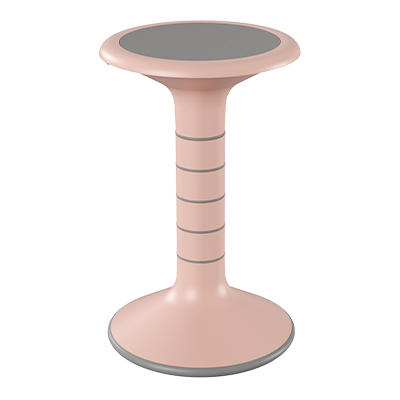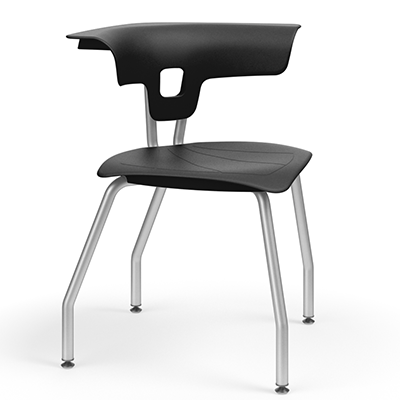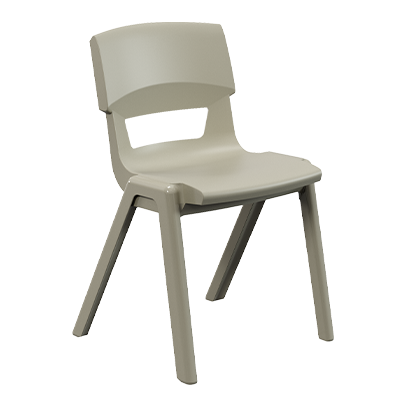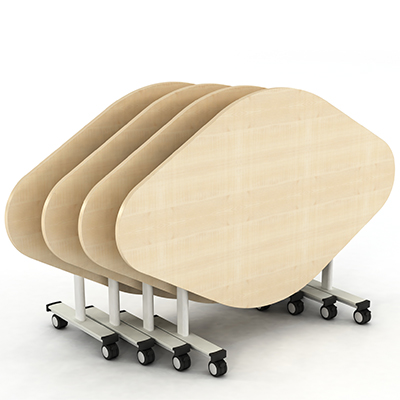Keep it moving – how to improve student cognitive performance through movement
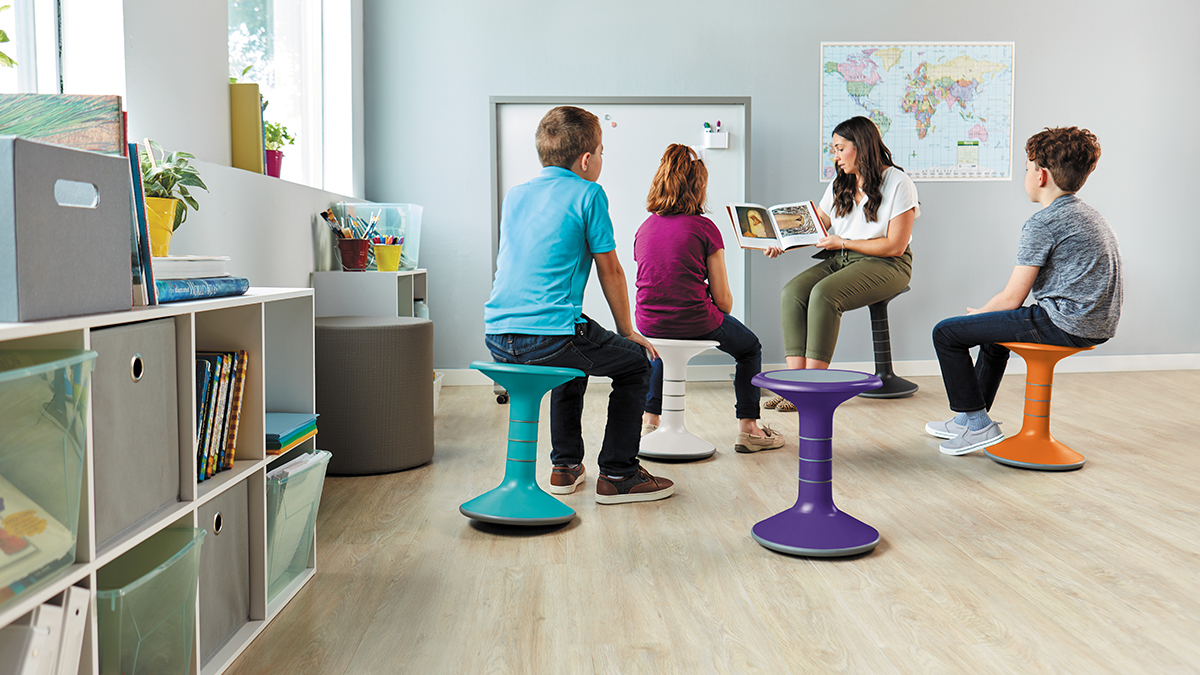
First things first - this is not going to be an article about exercise, obesity or sports! Sure, exercise is a form of movement, but we are going to focus on movement more generally - why it's vital for our cognitive function and how we can seamlessly bring more of it into our everyday lives. We are also going to focus on younger children as it has beneficial effects on short and longer-term development. It's important to note that whilst this is particularly applicable to those with certain conditions such as attention deficit hyperactivity disorder (ADHD), the benefits of movement apply to all of us - neurotypical or neurodivergent, and at any age. But more on that later.
There is a lot of research that shows us how movement is essential for the development of our sensory systems at a young age. Play and physical activity are essential for developing the senses and muscles we need to be in command of our bodies throughout our lives. In Valerie Strauss' article “Why so many kids can't sit still in school today” (08 July 2014, The Washington Post), paediatric occupational therapist Angela Hanscom discusses how a lack of movement has led to children having underdeveloped vestibular (balance) systems:
"…when compared to children from the early 1980s, only one out of twelve children had normal strength and balance."
This means that very few students have the physiological ability to sit still and pay attention, before even factoring in neurodivergence. Students might start to fidget and activate their brains, but this movement might be regarded as disruptive and unwelcome, so the student will curtail their own fidgeting or may even be reprimanded.
What can we do?
Here are some ways we can try to address the situation - so students can start to develop good habits and enjoy the benefits of movement immediately, and throughout their lives:
1. Before and/or after school
Encourage play. Playful, imaginative, fun, creative activity has countless benefits. It helps bodies and minds develop, fosters creativity and can help with socialisation when undertaken in groups. It also has a positive effect on performance long after 'play time' is over. Technology seems to be increasingly encouraging us all to be more sedentary, attentions fixed to our smartphones, smart TVs or laptop screens. This makes real life, physical activities ever more important. Indoors or outdoors, depending on the space you have available, facilitate and support fun activities - sports, games, gardening, arts & crafts, fantasy, roleplay - whatever it might be, make it fun and interesting and the cognitive benefits will follow.
2. Between lessons
This one is more for schools to implement, but these days is also applicable to home-schoolers. Breaktimes and lunchtimes are important. Break up the day. Make children get up, move around, recharge their brains ready for the next part of the day where concentration and focus are required. It is essential for their ability to pay attention, and retain information. What's more, these breaks during the day can further reinforce the benefits of play outside of structured learning times including creativity and social skills.
3. During lessons
Sitting still and paying attention might be what we are conditioned to do as students. But it is counterproductive. Movement 'turns on' the brain - so how do we encourage movement in the context of learning? Firstly, find ways to make the learning experience itself more active, less passive. In "Using actions to enhance memory: effects of enactment, gestures, and exercise on human memory", Christopher R Madan and Anthony Singhal describe the positive effects on cognition and memory derived from doing, rather than just reading or seeing. So lessons that encourage learner participation and demonstration can lead to better learning outcomes, whilst compounding the benefits of movement occurring outside the classroom.
Provision of furniture, fixtures and fittings within the learning space can also contribute. Moveable, even height-adjustable tables can make a space flexible and dynamic to support different activities through the day. Mixing up seating types can also allow students to find a preferred option, or even change throughout the day. Everything from exercise balls to wobble stools, height-adjustable chairs, chairs on castors, and more traditional seating all have a role to play. Excellent ergonomics are obviously important, but offering variety and freedom can really help to create a more inclusive, enjoyable and high-performing space.
4. What about adults?
Everything discussed above is just as important for adults as it is for children, bar of course the benefits exercise has on our brains during our developmental years. What does this mean for us in our working lives, whether at the office or working from home? Move more!
Prolonged periods of working from home, plus restricted social activity during lockdowns during this pandemic has had a markedly negative impact on our daily movement patterns. Walking to the station, moving around the office to go to meetings, the kitchen or the bathroom, standing at a table with your colleagues for after-work drinks. If you can, incorporate a sit-stand desk and active seating at home or in the office. If not, take as many opportunities as you can to move, play, exercise - before, during and after work. If you can't join a gym or an online yoga or pilates class (get in touch with me if you'd like to join our KI sessions during lockdown); make sure you change your posture frequently during the day. It is recommended that you should alternate between sitting and standing every 20 minutes, and do neither for longer periods of time. Remember, this is about frequent, subtle movements - not strenuous exercise. If you're a gym-bunny, jogger or love to play sport, that's great - but this is certainly not everyone's cup of tea. So just remember what's really important is to keep your body moving. After all, our body, mind and soul were designed for it.
Watch this video
In this TED Talk, neuroscientist Wendy Suzuki discusses the science of how working out boosts your mood and memory - and protects your brain against neurodegenerative diseases like Alzheimer's.
Further reading
The following are some of the articles and resources that were informative and useful in compiling this article - you may find them useful for your own knowledge and future reference.
Why so many kids can't sit still in school today
https://www.washingtonpost.com/news/answer-sheet/wp/2014/07/08/why-so-many-kids-cant-sit-still-in-school-today/
How Movement and Exercise Help Kids Learn
https://www.kqed.org/mindshift/53681/how-movement-and-exercise-help-kids-learn
How Movement in the Classroom Helps Kids Focus
https://www.parent.com/blogs/conversations/how-movement-in-the-classroom-helps-kids-focus
Why Young Kids Learn Through Movement
https://www.theatlantic.com/education/archive/2016/05/why-young-kids-learn-through-movement/483408/
Learning in Motion: Bring Movement Back to the Classroom
https://www.edweek.org/teaching-learning/opinion-learning-in-motion-bring-movement-back-to-the-classroom/2017/08
The Effects of Movement Interventions on Focus and Concentration in Toddler Montessori Classrooms
https://bit.ly/3PuowpM
The Effect of Movement on Cognitive Performance
https://www.ncbi.nlm.nih.gov/pmc/articles/PMC5919946/
The positive impact of physical activity on cognition during adulthood: a review of underlying mechanisms, evidence and recommendations
https://pubmed.ncbi.nlm.nih.gov/21417955/
Using actions to enhance memory: effects of enactment, gestures, and exercise on human memory
https://www.ncbi.nlm.nih.gov/pmc/articles/PMC3536268/
Neurodiversity: An overview
https://theeducationhub.org.nz/neurodiversity-an-overview/
Trends Shaping Education Spotlight 12 – Neurodiversity in Education
http://www.oecd.org/education/innovation-education/Spotlight12-Neurodiversity.pdf
